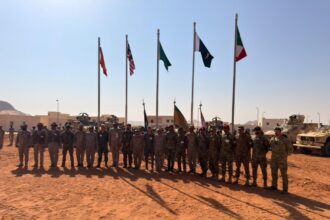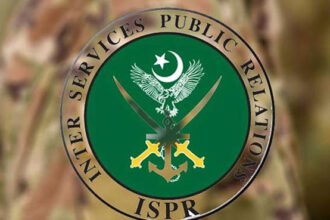
By: Abid Ali Khan
(Senior Journalist & Analyst)
The world found itself teetering on the edge of a new crisis when the United States launched airstrikes on three of Iran’s key nuclear facilities—Natanz, Fordow, and Isfahan—triggering a global wave of concern and condemnation. Former U.S. President Donald Trump hailed the strikes as a “historic military success,” claiming that the sites were “completely and totally obliterated.”
The U.S. military employed B‑2 strategic bombers armed with 30,000-pound “bunker buster” bombs and Tomahawk missiles, designed specifically to penetrate underground structures. Carried out with intelligence support from Israel, the operation ostensibly aimed to dismantle Iran’s nuclear ambitions. However, the motives, actual impact, and consequences of this strike are now under intense scrutiny.
Iran’s Response: Resistance, Not Silence
Iran labeled the attack a “blatant violation of international law” and condemned it in the strongest terms. Supreme Leader Ayatollah Khamenei declared that Iran would retaliate decisively and retain the right to defend itself.
According to Iran’s Defense Minister and a spokesperson for the Islamic Revolutionary Guard Corps (IRGC), while Natanz and Fordow suffered some damage, the core infrastructure—particularly the deeply buried components—remains largely intact. Iran has already initiated repair work and reactivation processes, warning that U.S. and Israeli assets in the region, along with their allies, should prepare for potential retaliation.
Ground Reality: Destruction or Temporary Disruption?
Contrary to American claims, preliminary assessments by international watchdogs and independent experts suggest the “complete destruction” narrative is overstated. Observers from the International Atomic Energy Agency (IAEA) reported that while power supplies and some centrifuges were damaged at Natanz and Isfahan, sensitive nuclear materials and underground bunkers remained largely unaffected.
Military analysts note that facilities like Natanz and Fordow are built hundreds of feet underground, rendering them highly resilient against conventional airstrikes. As such, the U.S. strike appears to be more of a tactical signal than a strategic game-changer—aimed at disruption rather than total dismantlement of Iran’s nuclear capabilities.
Global Reaction: Condemnation, Caution, or Capitulation?
Russia and China denounced the attack as illegal and called upon the United Nations to intervene immediately. Leading EU powers—France, Germany, and the United Kingdom—voiced deep concern, urging all parties to exercise restraint and return to diplomatic engagement.
The United Nations issued only a cautious statement, expressing it is “closely monitoring the situation”—a reflection of the body’s limited influence in this escalating crisis. In the Gulf region, anxiety is palpable, while non-state actors such as Hezbollah, Hamas, and the Houthi militia have hinted at coordinated retaliatory actions.
Pakistan’s Stance and Regional Implications
Pakistan, consistent with its traditional diplomatic approach, issued a measured statement, emphasizing that military escalation in the region is unacceptable and that dialogue remains the only viable path to resolution. Nevertheless, analysts in Islamabad are deeply concerned about the broader implications of this conflict.
With rising oil prices, disrupted trade corridors, and a rapidly deteriorating regional security landscape, Pakistan may face direct economic and political repercussions, particularly given its reliance on Gulf economies and strategic sea lanes.
Conclusion: Is World War III on the Horizon?
This strike on Iran is not merely a military maneuver—it is a clear violation of international law, diplomatic norms, and the UN Charter. If the global community fails to act swiftly and decisively to contain this crisis, the conflict may no longer remain confined to the U.S., Iran, or Israel—it could engulf the entire Middle East, Gulf states, South Asia, and potentially Europe.
For now, Iran’s nuclear program may be temporarily disrupted, but its core capabilities remain intact. This development marks the onset of a potentially dangerous era where global peace hangs by a thread, vulnerable to any miscalculation or provocation.
Summary
The U.S. strike on Iran is not just another military action—it could very well be the opening chapter of a renewed Cold War among global powers. The real question isn’t how much was destroyed—but rather: Where does the world stand? On the side of peace—or at the brink of a new world war?
The choice lies with the international community. And time is running out.






